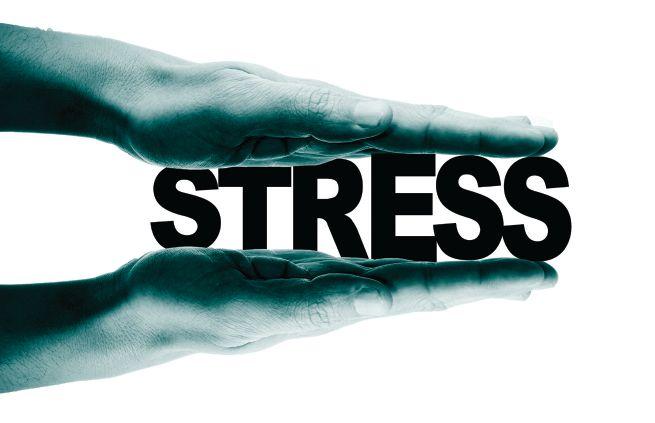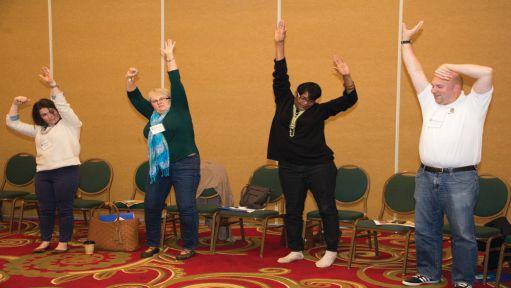
2 minute read
Dealing with Stress
Dealing With
We all have stress, it is part of life. The key is understanding how to first identify it, and then how to manage it.
“What you do is so vital,” says Shanti Douglas a mindfulness and stress management coach. “You are the makers of the little beings who are going to run the world, and you’re giving them the skills they need but we need to take care of ourselves. When you’re saying ‘no,’ you’re actually saying ‘yes’ to you. Make sure you take a minute of quiet reflection for yourself, and if it’s uncomfortable that’s ok-but we all need that time,” Douglas told a group of members at a recent MEA training.
Douglas encourages educators to combat stress through self-awareness, which she describes as thinking more about your breathing and what you’re doing in the moment without letting outside distractions take over. “When you brush your teeth just brush your teeth. Know your needs, and ask yourself—‘What is it that I need, which is different than want?’ That is how we can take control of our stress and manage it,” said Douglas.
Douglas recently led a group of MEA members in an exercise where each shut out the rest of the world and practiced their breathing, focused on relaxation through a series of stretches while paying attention to only themselves. The technique was transformative for some who felt bstressed but had never practiced any sort of mindful behavior. “With everything going on in my world right now, with local association work and politics now—I didn’t think there was anything that would relax me the way that just did. If we can help our colleagues do that— it would be amazing. Paying attention to my breathing and shutting everything else out really worked. The sewage of life was gone,” said Jason Anderson. RSU 29 EA.

Get out and exercise.
Consider walking, jogging, biking or anything that gets you active. Physical activity releases chemicals in your body that give you a greater sense of well-being.
Tame Your Stress
Laugh out loud. Laughing lightens your mental load and does good things for your body. Laughter fires up and then cools down your stress response.
Talk to friends and family. They can distract you, provide support and help you weather life’s ups and downs.
What is mindfulness?
The goal of any mindfulness technique is to achieve a state of alert, focused relaxation by deliberately paying attention to thoughts and sensations without judgment. This allows the mind to refocus on the present moment. All mindfulness techniques are a form of meditation.
Basic mindfulness meditation—Sit quietly and focus on your natural breathing or on a word or mantra that you repeat silently.
Body sensations—Notice subtle body sensations such as an itch or tingling without judgment, and let them pass. Notice each part of your body in succession from head to toe.
Emotions—Allow emotions to be present without judgment. Practice a steady and relaxed naming of emotions: “joy,” “anger,” “frustration.” Accept the presence of the emotions without judgment, and let them go.
Headaches, muscle tension, neck or back pain Upset stomach Difficulty falling or staying asleep Irritability or short temper Increased frequency of colds










